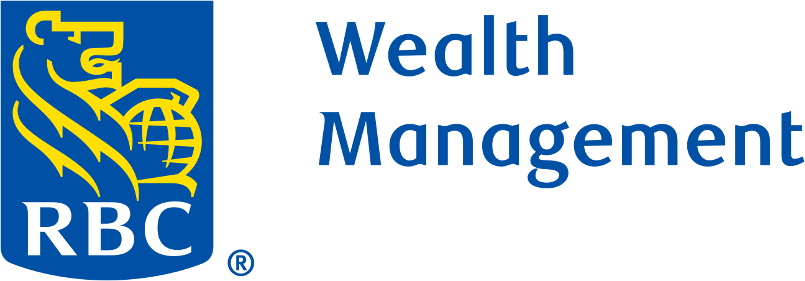Every thoroughbred owner dreads the sight of a lone plastic bag blowing in the wind during what should be a peaceful ride. I speak from experience – the horse doesn’t see a plastic bag; he sees a threat in progress. His only logical response? A spook-and bolt maneuver, often accompanied by an extra buck for dramatics.
As the owner of a thoroughbred, I can attest that their flight response is turbocharged. In that split second, I have two choices: trust my trainer and apply the skills she’s taught me to ride it out or bail off immediately to avoid a potential disaster. While jumping off may seem like a safer, more logical move, it often leads to a harder fall– literally. The wiser choice is to stay in the saddle, follow the plan and skills you have been taught, take a deep breath, sit deep, and use your reins and legs to regain control. Your goal is to minimize the impact on your body.
You are probably thinking, “Okay, but what does surviving a runaway horse have to do with investing?” More than you would think.
Metaphorically, a frightened horse is a lot like a shaky market. Your reaction to it determines your outcome. Do you bail out immediately, potentially risking the greatest impact on your portfolio, or stay the course and trust the plan you built with your advisor? The quickest exit often feels like the right choice-but it can lead to the biggest consequences and regrets.
Just like staying calm on a spooked horse, successful investing is not about reacting to every scare or bailing when everyone else is bailing. It is about trusting your training, sticking to your plan, and riding through the fear. There will always be bumps and events out of our control, but with patience and discipline, and sound advice you can reach the finish line often better than you started – both on the trail and in your portfolio.

